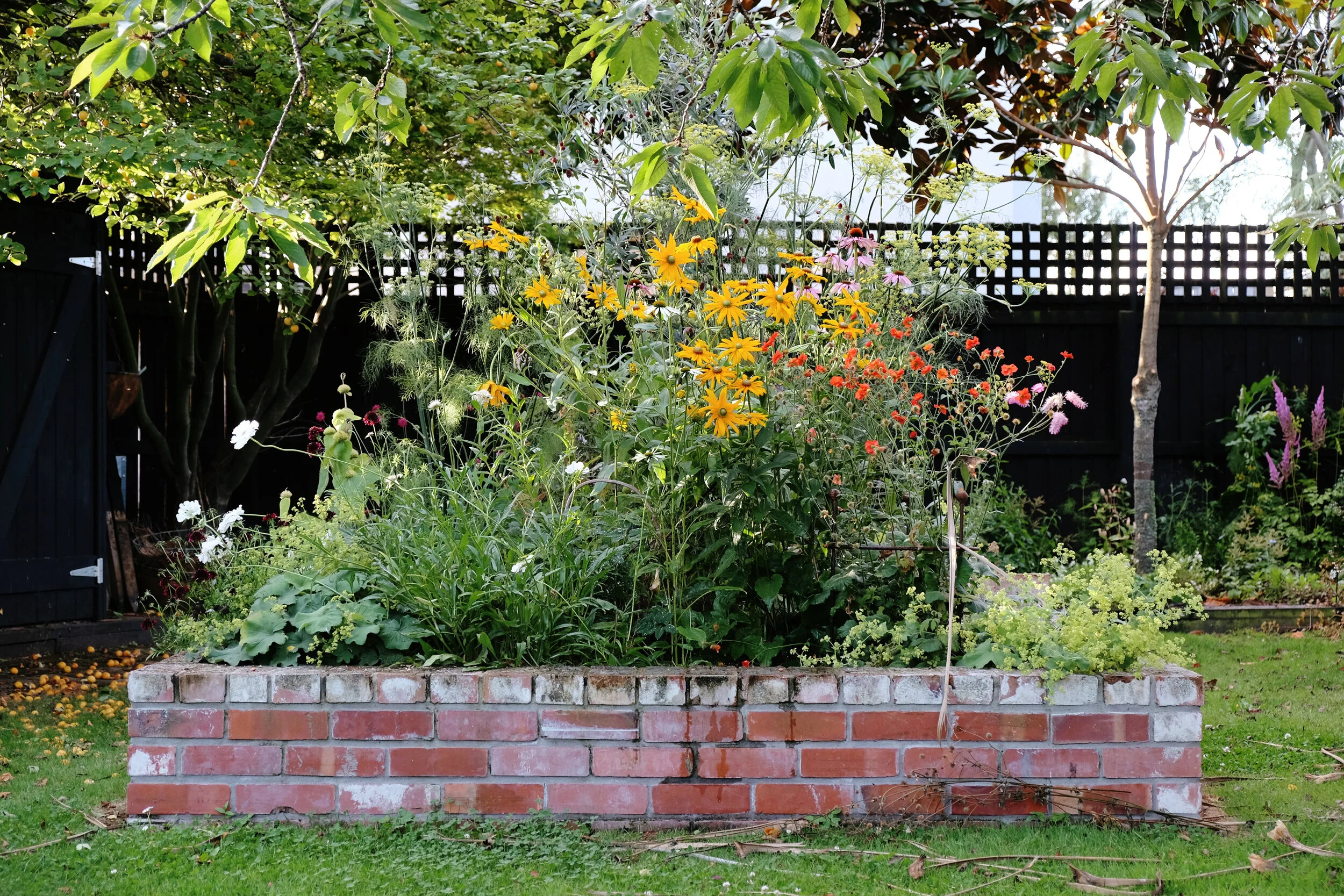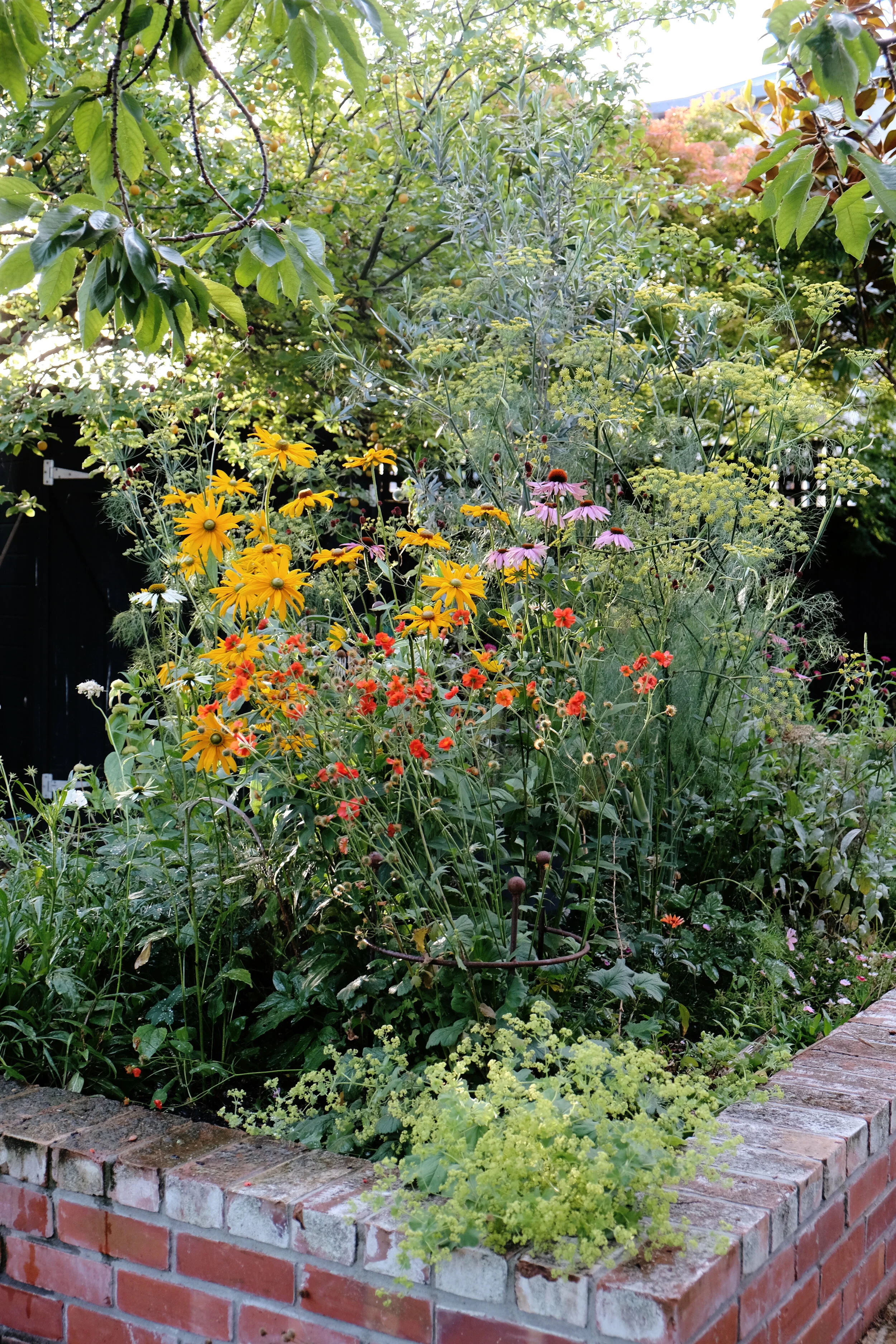Mistakes I made as a beginner gardener
/Even if you follow a recipe to the letter, your baking can emerge looking nothing like the picture.
But with practice you start to build knowledge, and you pick up those passed-down tips and tricks that seem to make all the difference in arriving at a delicious success or disappointing failure.
The same can be said for gardening. As a beginner, I have slowly collected the tips and tricks below, generally as a result of disaster. Most gardening books don’t spell out what might be deemed “gardening common sense”, presuming you know if you are reading those pages.
In an attempt to ease some pain for my fellow new growers, here at some harsh truths I have banked.
Watering …it’s not what you first think!
Under watering and over watering
Both seem to be as brutal as the other and certainly are a blow to your motivation of learning about gardening at all.
The best advice I ever had as a complete beginner was from a great garden centre staff member. When I enquired about care for a certain plant she just said: ‘Treat them like your babies.’ She meant: You can’t just populate your garden then walk away, job done.
Regular check-ins will enable you to nurture your ‘plant babies’ with life’s basics, and this includes monitoring for dehydration and disease via over-saturation. The easiest way to stay in the safe zone is to actively consider the week’s weather, as you need to water in reaction to it. If it’s very wet, then don’t continue your summer watering routine. Give everything a breather to dry out a little. If extra hot and dry, then pop out and dip your finger into the soil to the first knuckle. If it feels moist at your fingertip, you are good for another day. If barely damp, it’s time for a good proper soak.
Read more about watering efficiently here.
To get around my shady garden beds I have had to plant most of my flower garden in containers in the sun!
Plants labelled ‘full sun’
I will never escape the vivid memory of my first foray into flower growing resulting in my crop of larkspur growing horizontal to the ground. They stretched out desperately looking for sunlight from the shady bed I had planted them in
As you progress and experiment, it’s true you will find those sun loving plants that don’t mind some moments of shade during the day, but now I don’t bother wasting my money or time trying to change the mind of Mother Nature.
As a beginner, read the label and follow the directions.
Ignoring super-spreaders
As I write this I am cringing at the view of my cabbage tree being claimed by ivy and the clover that has irretrievably entangled itself through my entire bed of violets. Yes, I saw these in their early stages and no, I absolutely did not “nip them in the bud” when it was a fast and easy job.
There is nothing fast and easy about righting these wrongs that I lazily watched happen. Wandering the garden and pulling these invaders out at the roots in their youth would have avoided the headache I now have.
Raised brick flower bed that we filled with poor soil and I pay the price for!
Cutting corners on garden bed prep
I couldn’t believe my luck when my brick-laying husband agreed to build me a raised, brick-lined bed in the sunny spot on the lawn. It was beautifully-formed. We laid our irrigation, even creating a block support in the centre for me to position a potted tree.
But I didn’t pay attention to the soil that arrived home one day on the trailer ready for filling it. Soil is soil after all, right?
Wrong. I now spend each winter digging in quality compost to attempt to loosen up what is nasty, dense earth, difficult to dig in new plants and tough on little seedlings forcing their way to maturity.
Geum, rudbeckia, echinacea and fennel amongst others - jostling for position depending on their heights.
Plant heights and spacing
This is a real beginner stumbling block. In excitement, it’s easy to plant out those purchased, given or newly-raised seedlings on your road to achieving your lush, full garden of blooms. However, not reading the labels or doing a quick search to reference mature size and height can really shatter that vision. Short plants behind tall, or a gappy or over-crowded bed is disappointing and can be so easily avoided.
It really helps to draw a basic plan for where you will position plants, noting their heights and recommended spacing so you don’t get it wrong. When working with perennials, the first year might still look a little spaced out, but the second year will have you smiling into your camera lens.
Not taking a closer look
We successfully transferred a dwarf maple from the garden into a wine barrel planter and I was almost disbelieving when it appeared to thrive. About four months later in spring, I noticed it was losing its newly unfurled leaves, looking shrivelled and generally sulky.
From my beginner playbook, I simply couldn’t work it out. I stepped up my watering, sprinkled plant food and still it was deteriorating. It wasn’t until I got really up close and personal, holding a branch at nose level, slowly turning it over. This revealed an infestation of tiny mites sucking the life blood out of my little tree. I immediately searched online, found my remedy, and treated the tree with the return to health being practically immediate.
The lesson here? Get out the magnifying glass.
This article was first featured in my Stuff ‘Homed’ gardening column for beginners and The Press on December 24 20210
All words and images are my own, shot in my garden in Christchurch, New Zealand.






